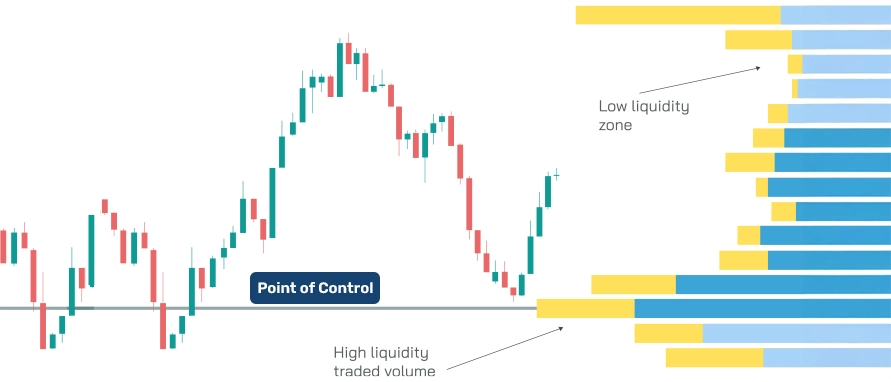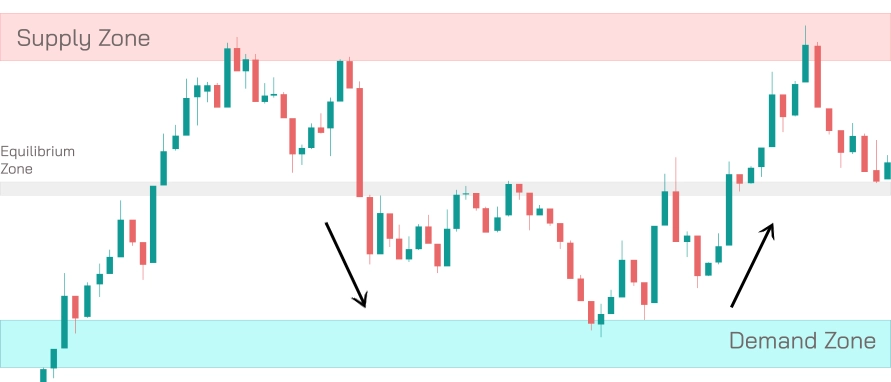-
Our ProductsLoansCardsInsuranceInvestmentsStock MarketElectronics MallCIBIL ScoreKnowledge CentreAcademyCalculators
- Our Services
- My Account
- Discover
Difference between SWP and Dividend Plans
Investors often seek regular cash flow from their investments, especially those aiming for financial stability or post-retirement income. Two popular methods to achieve this are Dividends from mutual funds and the Systematic Withdrawal Plan (SWP). While both provide periodic payouts, their mechanisms, taxation, and suitability differ significantly.
In this article, we will break down the difference between SWP and dividend, highlight their pros and cons, and help you understand which may align better with your financial objectives — without making any recommendations.
What is a Dividend in Mutual Funds
A dividend is a portion of a mutual fund’s profits distributed to investors. In a dividend plan, the Asset Management Company (AMC) declares payouts from the distributable surplus. These payouts can be monthly, quarterly, or annually, depending on the scheme.
It is important to note:
The dividend is not guaranteed.
The fund’s Net Asset Value (NAV) decreases by the dividend amount paid.
Dividends do not imply that your overall investment has grown — they may even be paid out of your invested capital during poor market performance.
What is SWP
A Systematic Withdrawal Plan (SWP) allows investors to withdraw a fixed amount or specific units from their mutual fund investment at regular intervals. This withdrawal can be monthly, quarterly, semi-annually, or annually.
Key points:
The investor decides the withdrawal amount or units.
Remaining investment continues to earn returns based on the scheme’s performance.
Offers flexibility and control over cash flow.
How They Work: Dividend vs SWP
Comparing dividends and systematic withdrawal plans reveals how each approach manages payouts, control, and tax implications differently.
| Aspect | Dividend | SWP |
|---|---|---|
| Nature of payout |
Declared by AMC |
Chosen by investor |
| Control |
No control over payout amount/timing |
Full control over amount/frequency |
| NAV Impact |
Decreases after payout |
NAV decreases based on withdrawn units |
| Market Dependency |
Dependent on distributable surplus |
Based on redemption of units |
| Taxation |
Taxed as per dividend income rules |
Taxed as capital gains on redeemed units |
Tax Implications
Both dividends and SWP withdrawals have distinct tax treatments that investors should understand to optimise their returns and comply with regulations.
Dividends
Taxable in the hands of the investor as Income from Other Sources.
Tax rate: Slab rate applicable to the investor.
AMCs deduct TDS at 10% if dividend exceeds ₹5,000 in a financial year.
SWP
Treated as a redemption, and gains are taxed based on holding period:
Equity-oriented funds:
Less than 12 months: Short-Term Capital Gains (STCG) at 15%
12 months or more: Long-Term Capital Gains (LTCG) at 10% above ₹1 lakh per year
Debt-oriented funds:
Taxed as per slab rate (post-April 2023 rules) without indexation benefits
Advantages and Limitations
Understanding the pros and cons of dividends and SWPs helps investors choose the right strategy based on their income needs and investment goals.
Dividends
Here’s how dividends work in practice, along with their benefits and drawbacks.
Advantages:
Automatic payout when declared
No need to redeem units manually
Limitations:
No guarantee of amount or frequency
May reduce invested capital during market downturns
SWP
Systematic Withdrawal Plans offer steady income with customizable options, but they require thoughtful management to avoid depleting your investment prematurely.
Advantages:
Predictable, regular cash flow
Flexibility to set amount and frequency
Remaining capital stays invested for potential growth
Limitations:
Withdrawals during market lows can erode capital faster
Requires careful planning to ensure sustainability
Suitability Considerations
While dividend vs SWP choices depend on personal financial goals, here are neutral considerations:
Investors seeking predictable income may prefer SWP for its control.
Those who want passive payouts without scheduling withdrawals may lean towards dividends.
Tax implications can differ, affecting net returns.
Example Scenario
Dividend provides periodic payouts automatically, whereas SWP allows investors to withdraw fixed amounts regularly while keeping the remaining investment active.
Case 1 — Dividend Option:
Ravi invests ₹10 lakh in an equity mutual fund with a dividend option. The AMC declares a 2% dividend (₹20,000). His NAV drops accordingly, and the amount is credited to his account.
Case 2 — SWP Option:
Meena invests ₹10 lakh in a similar scheme but sets an SWP of ₹20,000 every quarter. Her units are redeemed based on the NAV at the time of withdrawal, and the remaining corpus continues to grow or decline with market conditions.
Key Difference Between SWP and Dividend in Summary
Here’s a concise summary highlighting the key differences between SWP and dividends:
Control: SWP offers more investor control over cash flow.
Certainty: Dividends are uncertain and depend on AMC declaration; SWP is predictable.
Taxation: Dividends are taxed as income; SWP is taxed as capital gains.
Impact on Capital: Both reduce invested value, but the mechanism differs.
Conclusion
Both dividends and SWP serve the purpose of providing periodic income from mutual fund investments, but their working principles, tax treatment, and flexibility vary. Understanding these distinctions ensures you can make informed choices aligned with your needs, risk appetite, and investment horizon.
Disclaimer
This content is for informational purposes only and the same should not be construed as investment advice. Bajaj Finserv Direct Limited shall not be liable or responsible for any investment decision that you may take based on this content.
FAQs
Which is better: Dividend or SWP?
Neither is inherently better; it depends on your cash flow needs and tax considerations.
Are SWP withdrawals guaranteed?
No, withdrawals are subject to available balance in your mutual fund units.
Is TDS applicable on SWP?
TDS is not deducted on SWP withdrawals for resident investors, but gains are taxable.
Can I switch from dividend to SWP?
Yes, you can change your mutual fund plan or redemption strategy through your AMC or distributor.
Do dividends reduce NAV?
Yes, after a dividend payout, the fund’s NAV falls by approximately the payout amount.
Anshika brings 7+ years of experience in stock market operations, project management, and investment banking processes. She has led cross-functional initiatives and managed the delivery of digital investment portals. Backed by industry certifications, she holds a strong foundation in financial operations. With deep expertise in capital markets, she connects strategy with execution, ensuring compliance to deliver impact.
Related Blogs

Roshani Ballal

Geetanjali Lachke

Roshani Ballal

Geetanjali Lachke

Geetanjali Lachke

Nupur Wankhede

Roshani Ballal

Roshani Ballal

Roshani Ballal

Nupur Wankhede

Anshika

Anshika

Nupur Wankhede

Nupur Wankhede

Nupur Wankhede

Anshika

Nupur Wankhede

Anshika

Geetanjali Lachke

Roshani Ballal

Anshika

Anshika

Nupur Wankhede

Anshika

Nupur Wankhede

Nupur Wankhede

Geetanjali Lachke

Roshani Ballal

Roshani Ballal

Geetanjali Lachke

Nupur Wankhede

Anshika

Nupur Wankhede

Nupur Wankhede

Nupur Wankhede

Nupur Wankhede

Nupur Wankhede

Nupur Wankhede

Nupur Wankhede

Geetanjali Lachke

Geetanjali Lachke

Roshani Ballal

Nupur Wankhede

Anshika

Anshika

Nupur Wankhede

Nupur Wankhede

Nupur Wankhede

Nupur Wankhede

Nupur Wankhede

Nupur Wankhede

Nupur Wankhede

Nupur Wankhede

Nupur Wankhede

Nupur Wankhede

Nupur Wankhede

Nupur Wankhede

Roshani Ballal

Anshika

Nupur Wankhede

Geetanjali Lachke

Nupur Wankhede

Nupur Wankhede

Anshika

Anshika

Nupur Wankhede

Anshika

Anshika

Nupur Wankhede
.webp)
Nupur Wankhede

Nupur Wankhede

Nupur Wankhede

Nupur Wankhede

Nupur Wankhede

Nupur Wankhede

Nupur Wankhede
.webp)
Nupur Wankhede

Nupur Wankhede

Nupur Wankhede

Nupur Wankhede
-in-India.webp)
Nupur Wankhede

Nupur Wankhede

Nupur Wankhede

Anshika

Nupur Wankhede

Nupur Wankhede

Anshika

Anshika

Nupur Wankhede

Nupur Wankhede

Nupur Wankhede

Nupur Wankhede

Nupur Wankhede

Nupur Wankhede

Nupur Wankhede

Nupur Wankhede

Nupur Wankhede

Nupur Wankhede

Anshika

Nupur Wankhede

Nupur Wankhede

Nupur Wankhede

Nupur Wankhede

Anshika

Nupur Wankhede

Nupur Wankhede
-Meaning-Importance.webp)
Nupur Wankhede

Anshika

Nupur Wankhede

Nupur Wankhede

Nupur Wankhede

Anshika

Nupur Wankhede

Nupur Wankhede

Nupur Wankhede

Geetanjali Lachke

Geetanjali Lachke

Geetanjali Lachke

Anshika

Anshika

Nupur Wankhede

Nupur Wankhede
-portfolio.webp)
Nupur Wankhede

Anshika

Roshani Ballal

Geetanjali Lachke

Geetanjali Lachke

Geetanjali Lachke

Geetanjali Lachke

Geetanjali Lachke

Roshani Ballal

Geetanjali Lachke

Geetanjali Lachke

Geetanjali Lachke

Roshani Ballal

Roshani Ballal

Geetanjali Lachke

Roshani Ballal

Roshani Ballal

Roshani Ballal

Roshani Ballal

Roshani Ballal

Roshani Ballal




















.webp)

.webp)




































































.webp)



.webp)












.webp)




.webp)
































